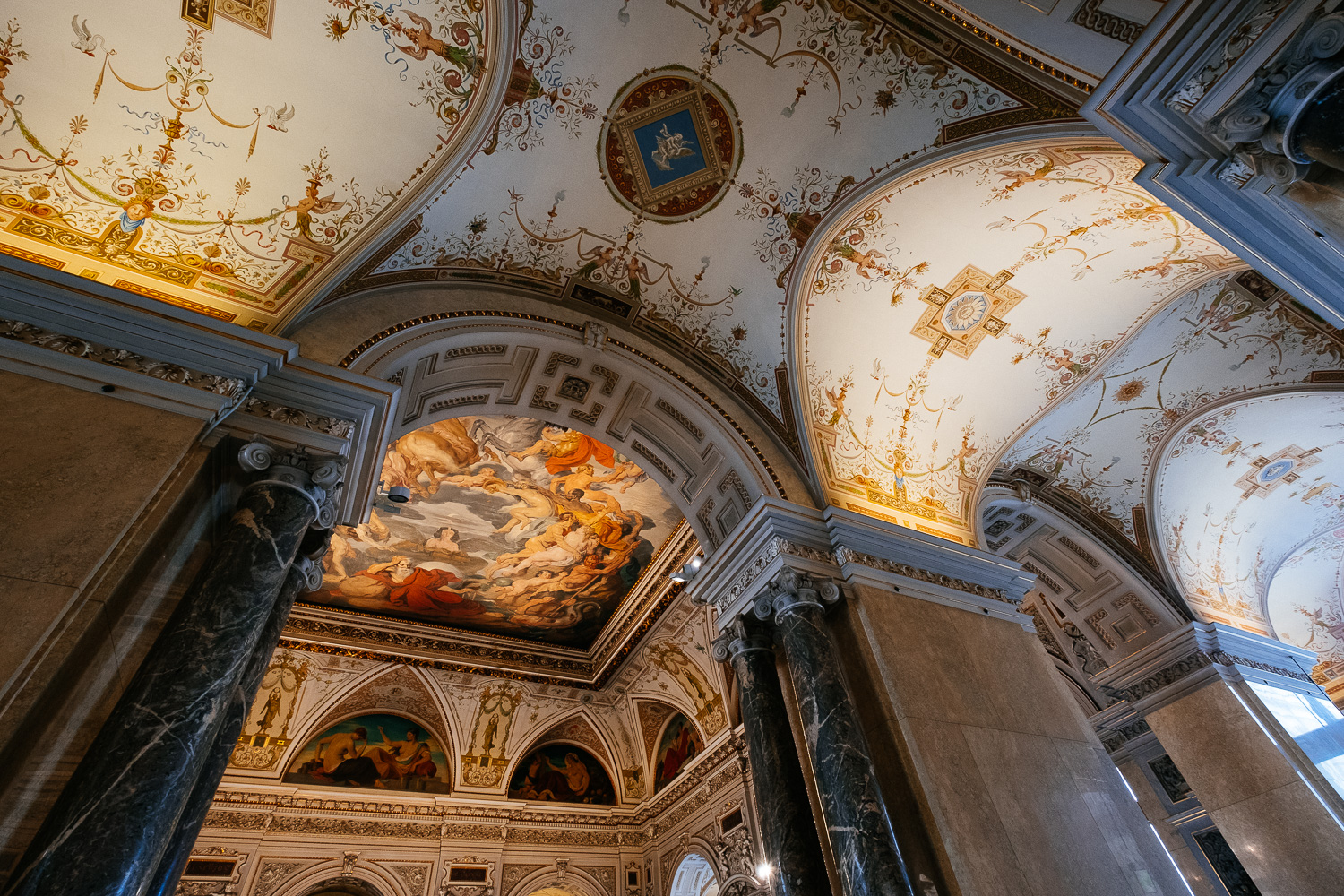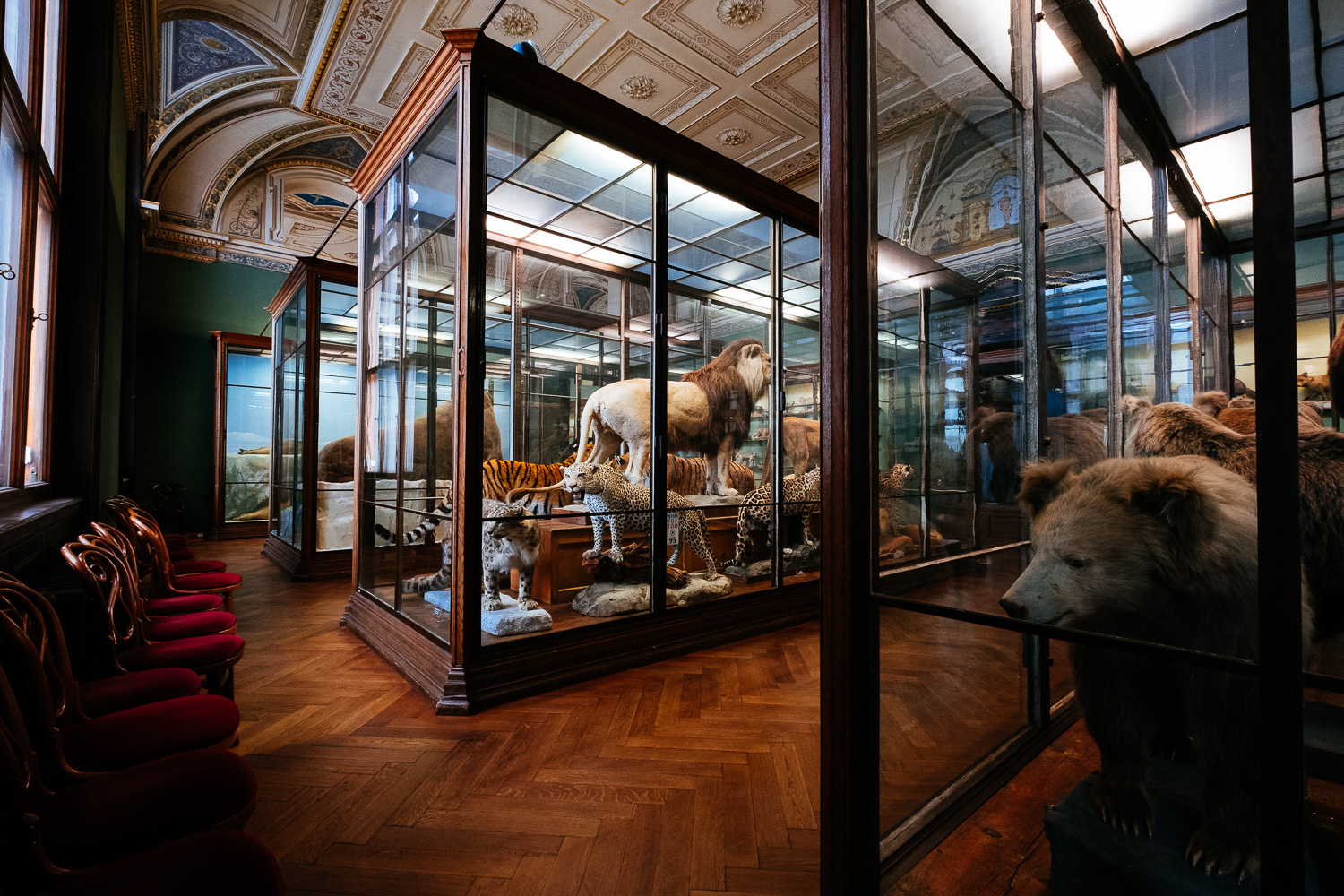 FUJIFILM X-Pro2 (10mm, f/5.6, 1/15 sec, ISO1600)
FUJIFILM X-Pro2 (10mm, f/5.6, 1/15 sec, ISO1600)
First real shooting with my new Fuji X-Pro 2. As it is still gray outside I went to a museum. The one I always visit to test new gear.
It’s the “Naturhistorisches Museum” in Vienna, a fantastic place to test a camera. There are a lot of dark rooms with lots of stuffed animals. I’m loving it! There is another floor with dinosaurs and minerals but my favorite is the one with the animals.
The museum is the perfect place because it offers everything. From very dark rooms to high contrast situations and mixed lighting. There is plenty of detail on the walls and ceiling and in the structures of the wooden cabinets and the old wooden floor. If a camera does not perform well in poor light all the detail will be smudged away from its noise reduction. If dynamic range of the sensor is low you will end up with blown highlights or/and completely blocked shadows.
But I need to admit that I like contrasty images. I shoot RAW and use Lightroom to work on the files. I don’t like to spend a lot of time in front of the screen that’s why I use the VSCO presets for Lightroom. My favorite is their Velvia setting.
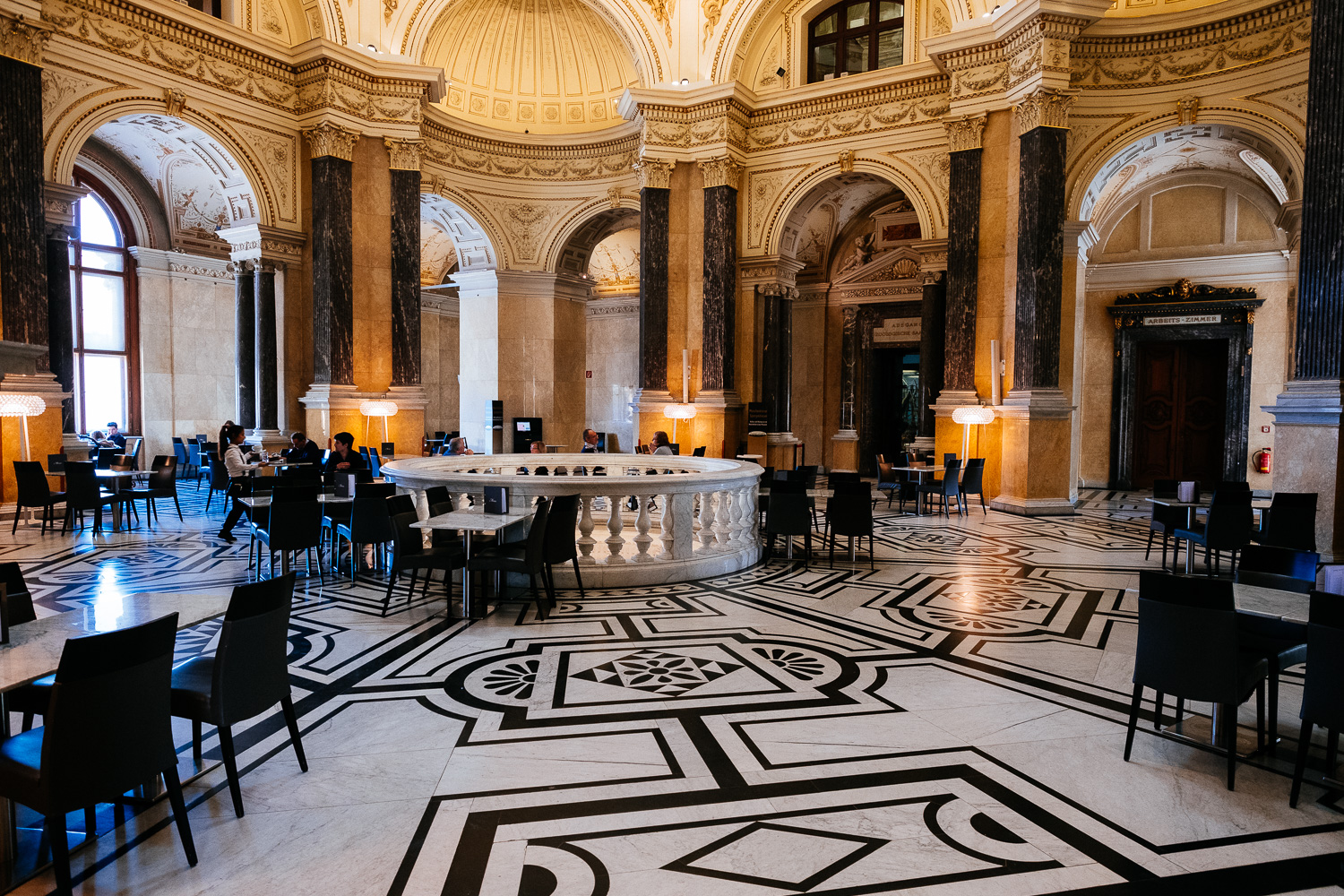 FUJIFILM X-Pro2 (14mm, f/4, 1/60 sec, ISO1600)
FUJIFILM X-Pro2 (14mm, f/4, 1/60 sec, ISO1600)
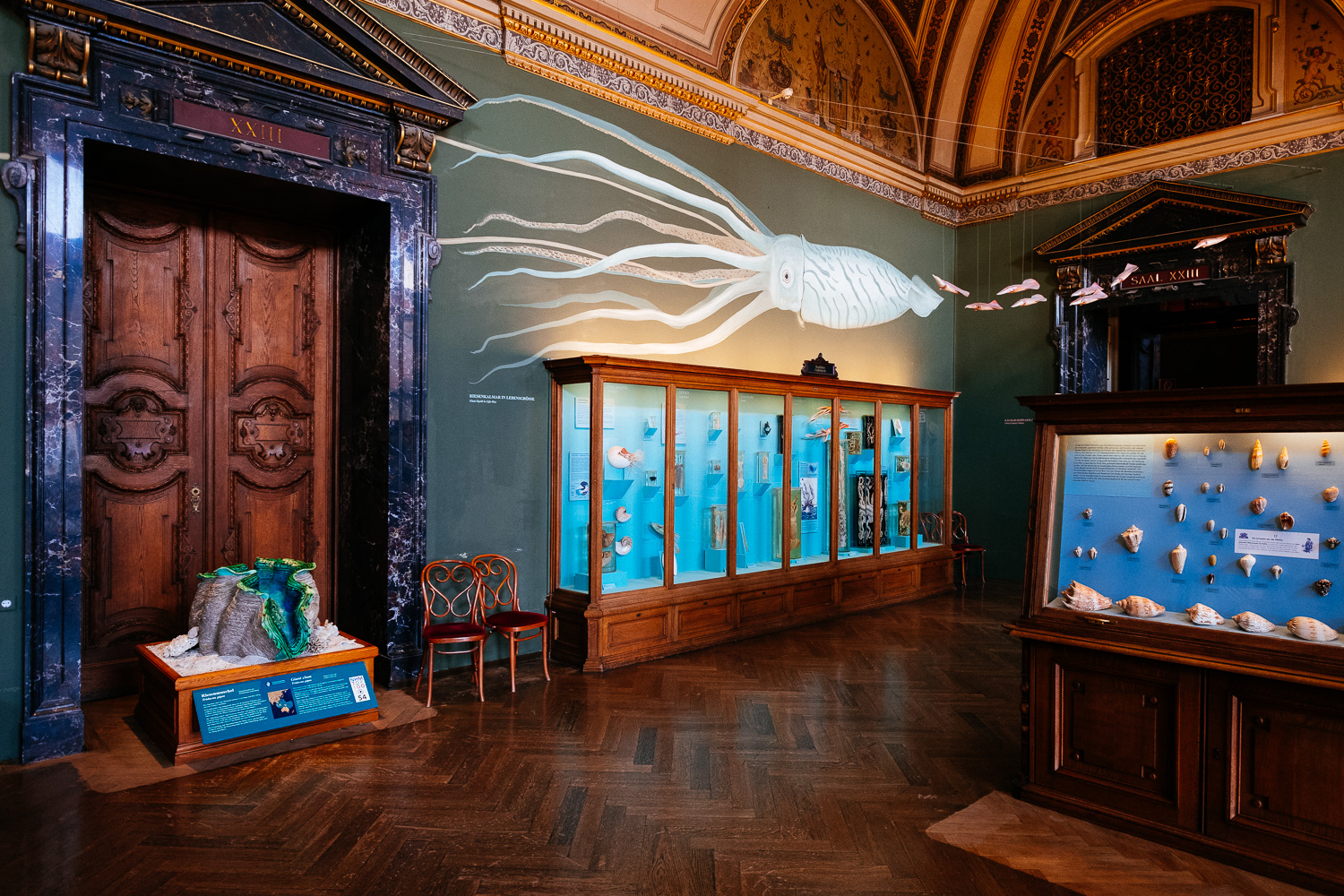 FUJIFILM X-Pro2 (14mm, f/4, 1/60 sec, ISO1250)
FUJIFILM X-Pro2 (14mm, f/4, 1/60 sec, ISO1250)
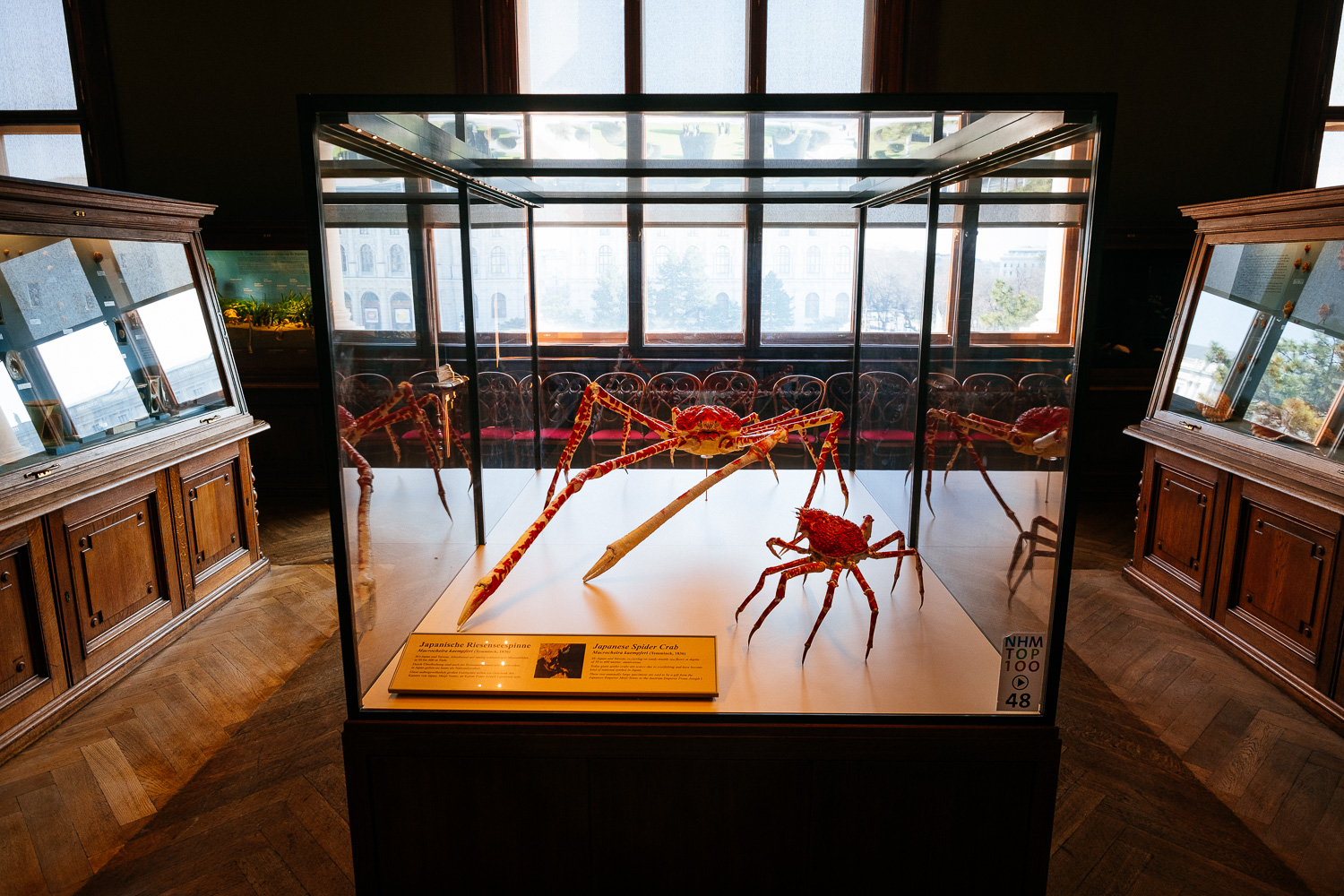 FUJIFILM X-Pro2 (14mm, f/4, 1/60 sec, ISO250)
FUJIFILM X-Pro2 (14mm, f/4, 1/60 sec, ISO250)
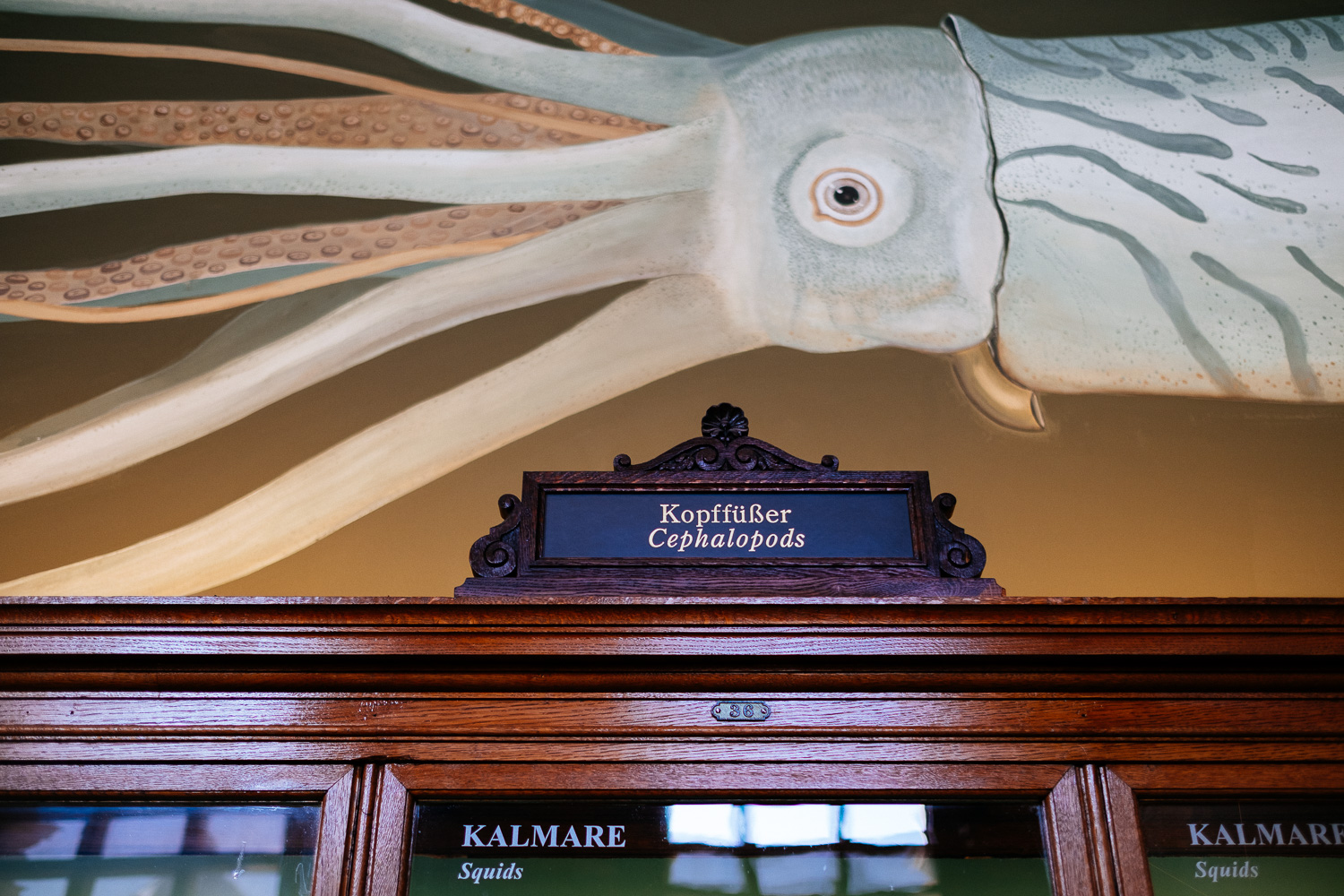 FUJIFILM X-Pro2 (23mm, f/1.4, 1/140 sec, ISO200)
FUJIFILM X-Pro2 (23mm, f/1.4, 1/140 sec, ISO200)
 FUJIFILM X-Pro2 (23mm, f/1.4, 1/100 sec, ISO640)
FUJIFILM X-Pro2 (23mm, f/1.4, 1/100 sec, ISO640)
The New AF:
There was one thing that clearly was different from my other camera test in the museum before. It was how AF worked on the X-Pro 2. When you shoot fast primes wide open its crucial that the cameras AF is reliable. It is also important to be able to place an AF point exactly over the area that you want to have in focus as focus and recompose is not a good idea.
The image above and the one below illustrates my point. I was able to lay one of the many AF points (77 or 277 AF points) over the eye. With so many available AF points there is no need to focus and recompose. And the joystick makes it easy to move to the AF point fast, much faster than using the four way controller. If I have to name the ONE feature I like most on the new X-Pro 2 it would be the joystick. It carries its name for a reason.
The other thing that was clear from the very first shot is that the new AF is faster in poor light. Fuji has come a long way regarding AF performance. When my Fuji X100 was on its original firmware there was massive hunting in low light. Sometimes the camera refused to focus at all. Now the X-Pro 2 focuses in low light just as good as my Canon 6D. But there is one difference. On my Canon I had to use its only cross sensor point while on the Fuji I can use any of its focus points. Now we are back to: no need for focus and recompose. That’s why I don’t care too much about the stupid location of the AF-L button. I just don’t need it.
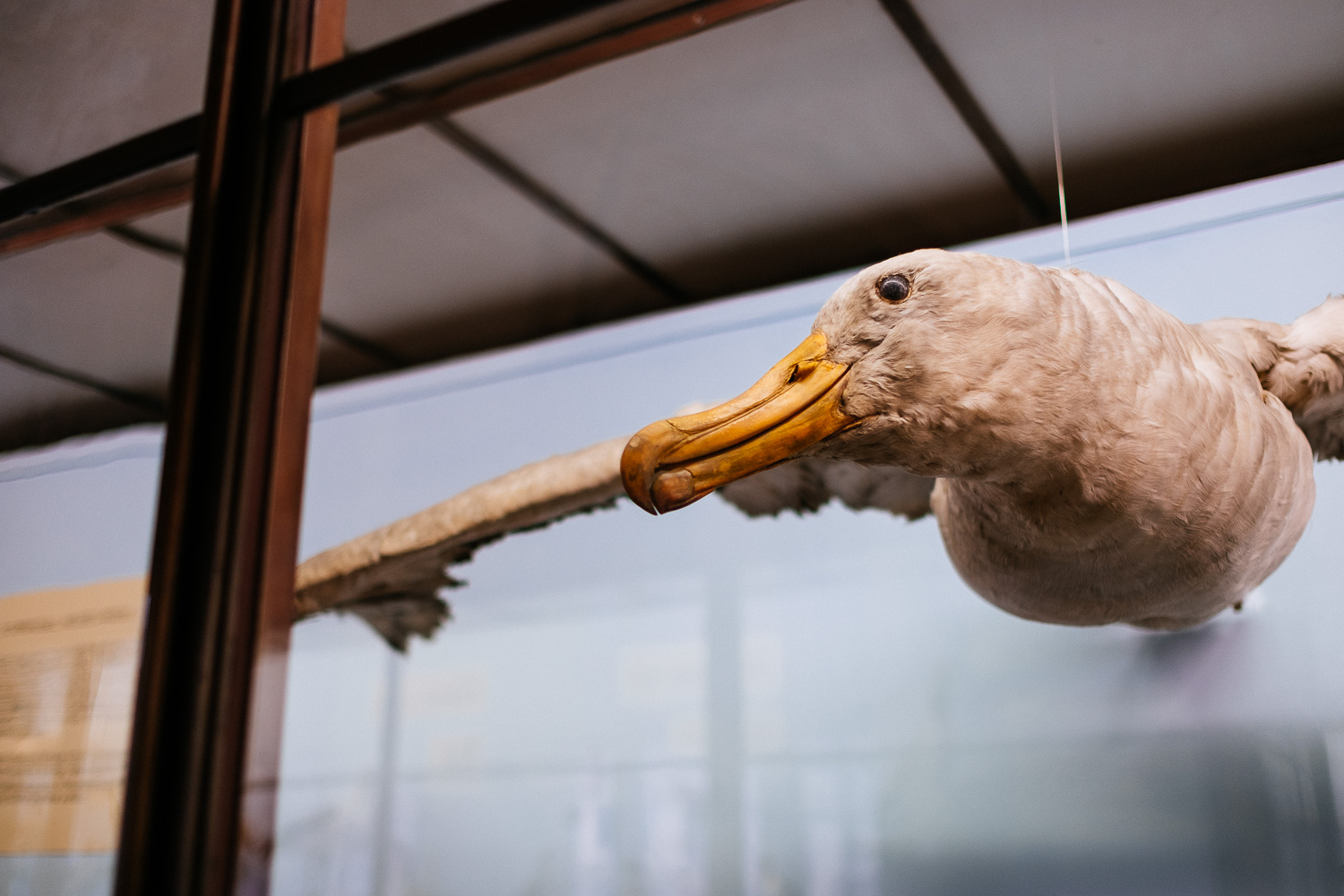 FUJIFILM X-Pro2 (23mm, f/1.4, 1/180 sec, ISO200)
FUJIFILM X-Pro2 (23mm, f/1.4, 1/180 sec, ISO200)
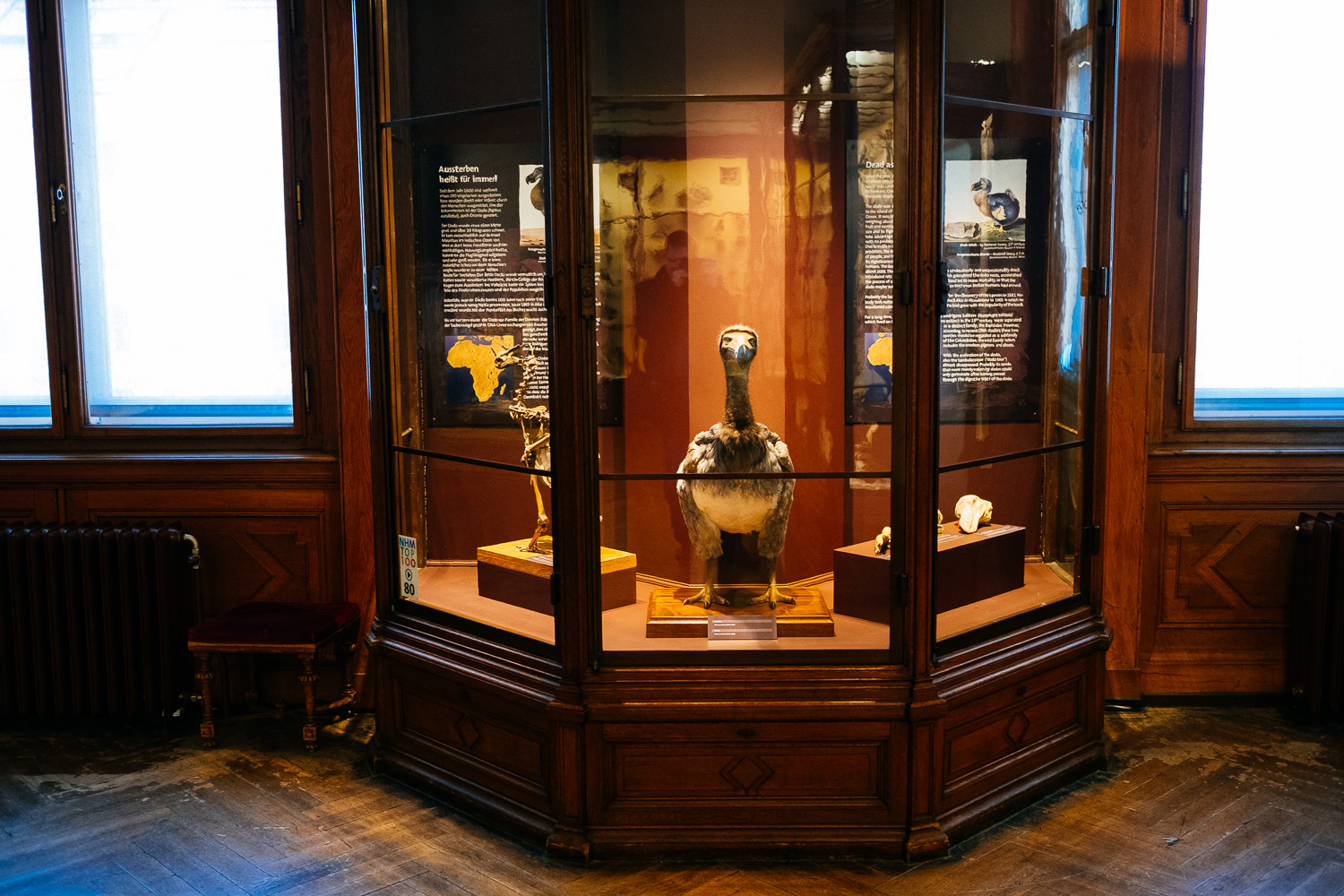 FUJIFILM X-Pro2 (23mm, f/2, 1/60 sec, ISO1000)
FUJIFILM X-Pro2 (23mm, f/2, 1/60 sec, ISO1000)
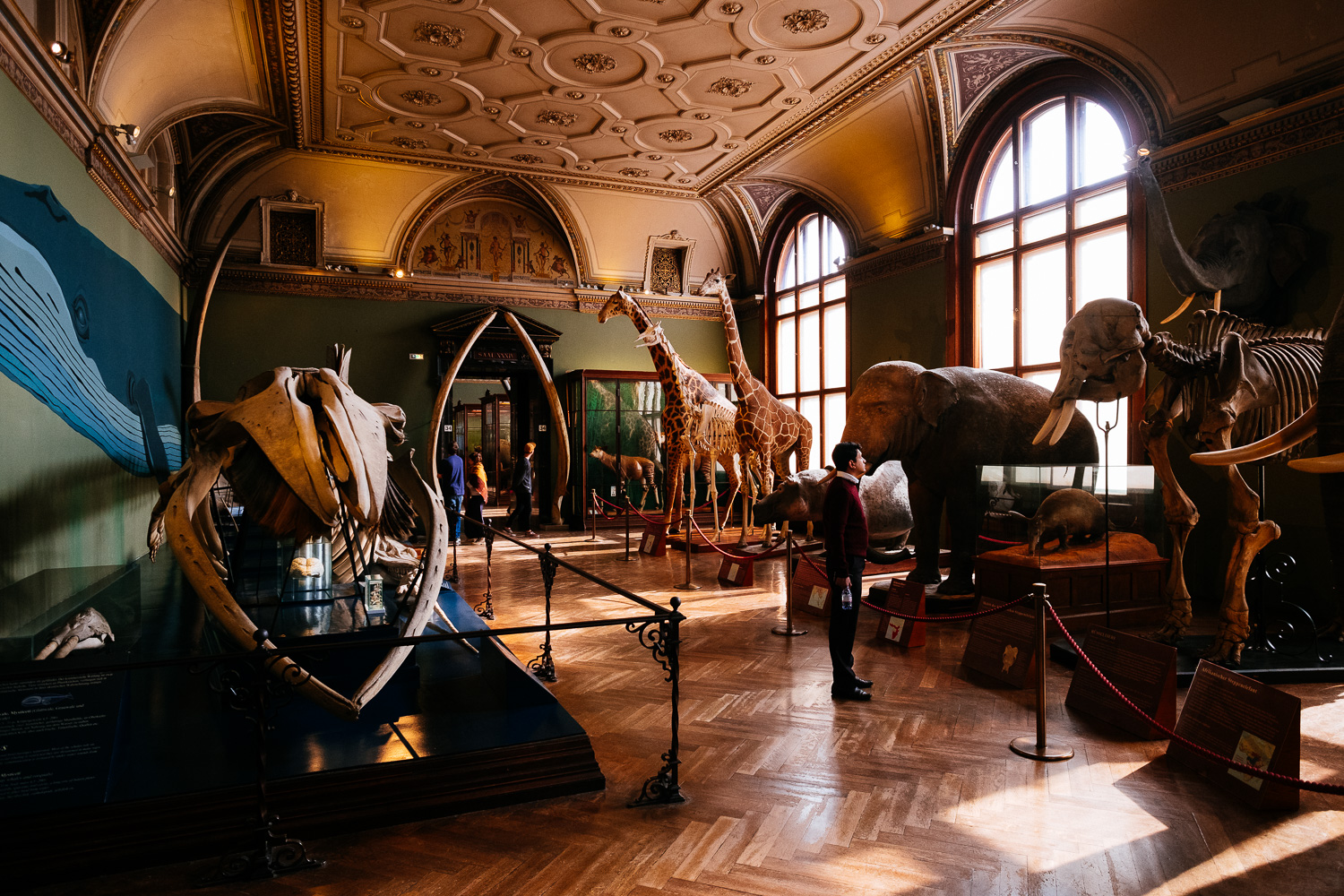 FUJIFILM X-Pro2 (14mm, f/4, 1/60 sec, ISO1000)
FUJIFILM X-Pro2 (14mm, f/4, 1/60 sec, ISO1000)
 FUJIFILM X-Pro2 (23mm, f/2.8, 1/60 sec, ISO320)
FUJIFILM X-Pro2 (23mm, f/2.8, 1/60 sec, ISO320)
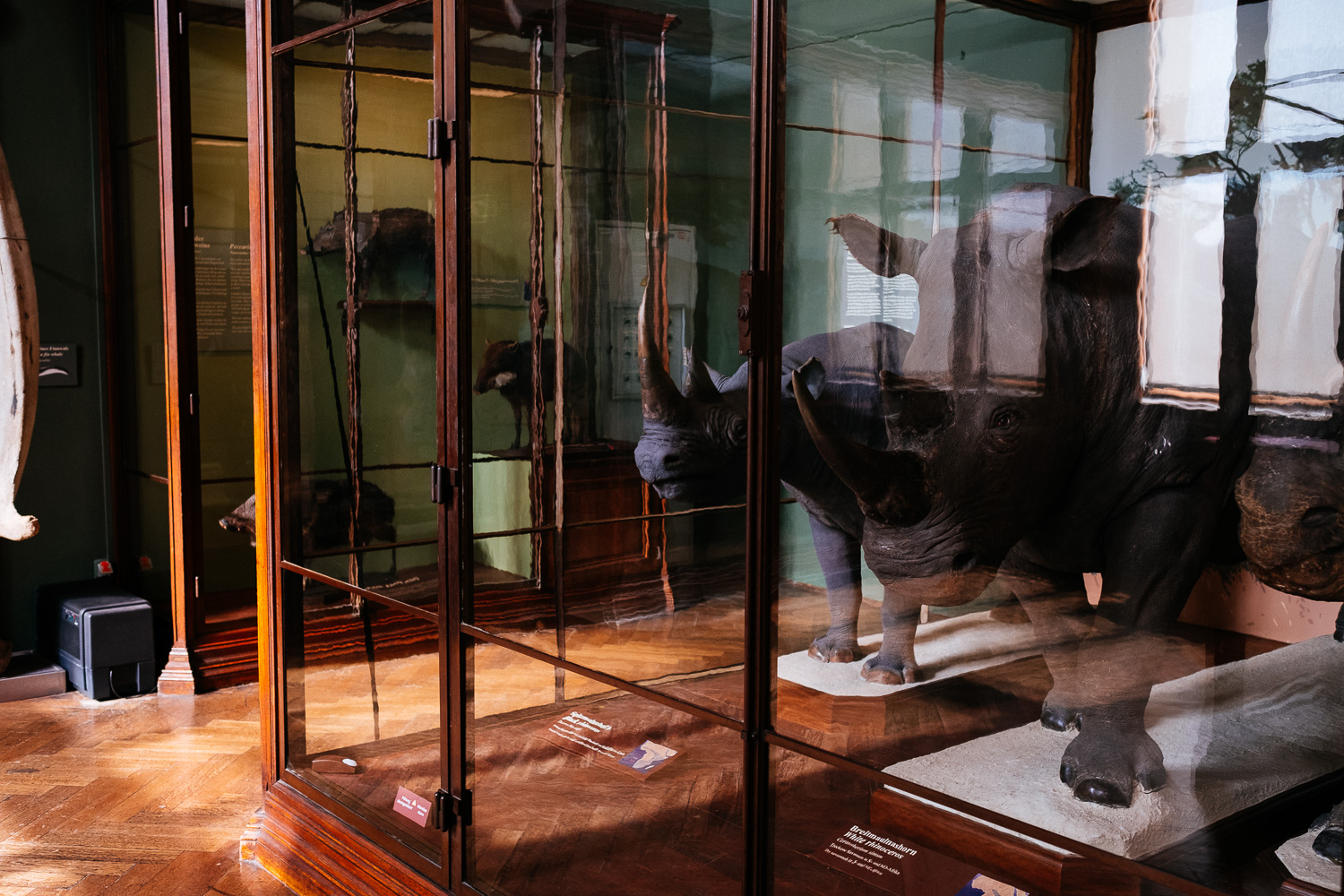 FUJIFILM X-Pro2 (23mm, f/2.8, 1/60 sec, ISO640)
FUJIFILM X-Pro2 (23mm, f/2.8, 1/60 sec, ISO640)
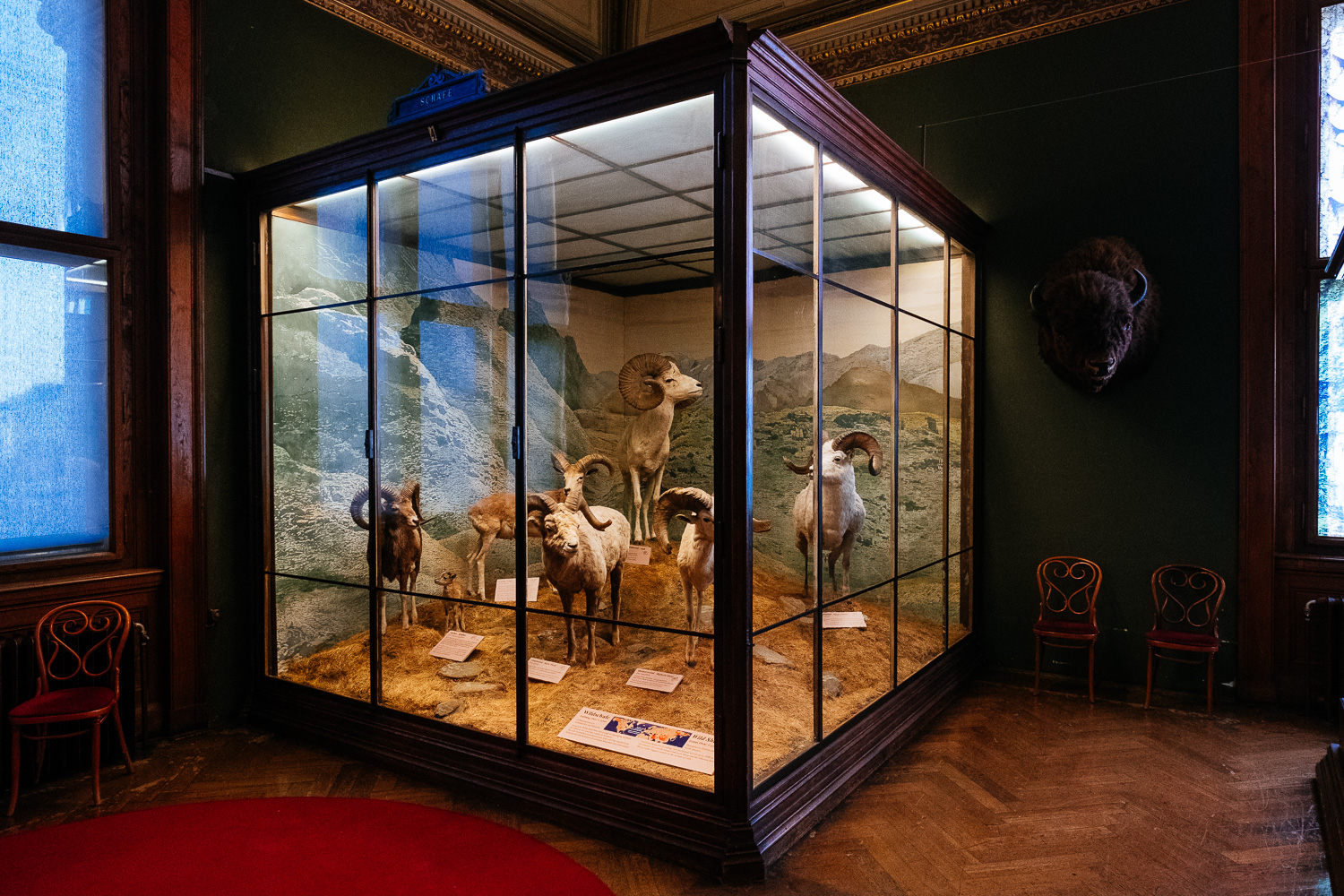 FUJIFILM X-Pro2 (14mm, f/5, 1/40 sec, ISO3200)
FUJIFILM X-Pro2 (14mm, f/5, 1/40 sec, ISO3200)
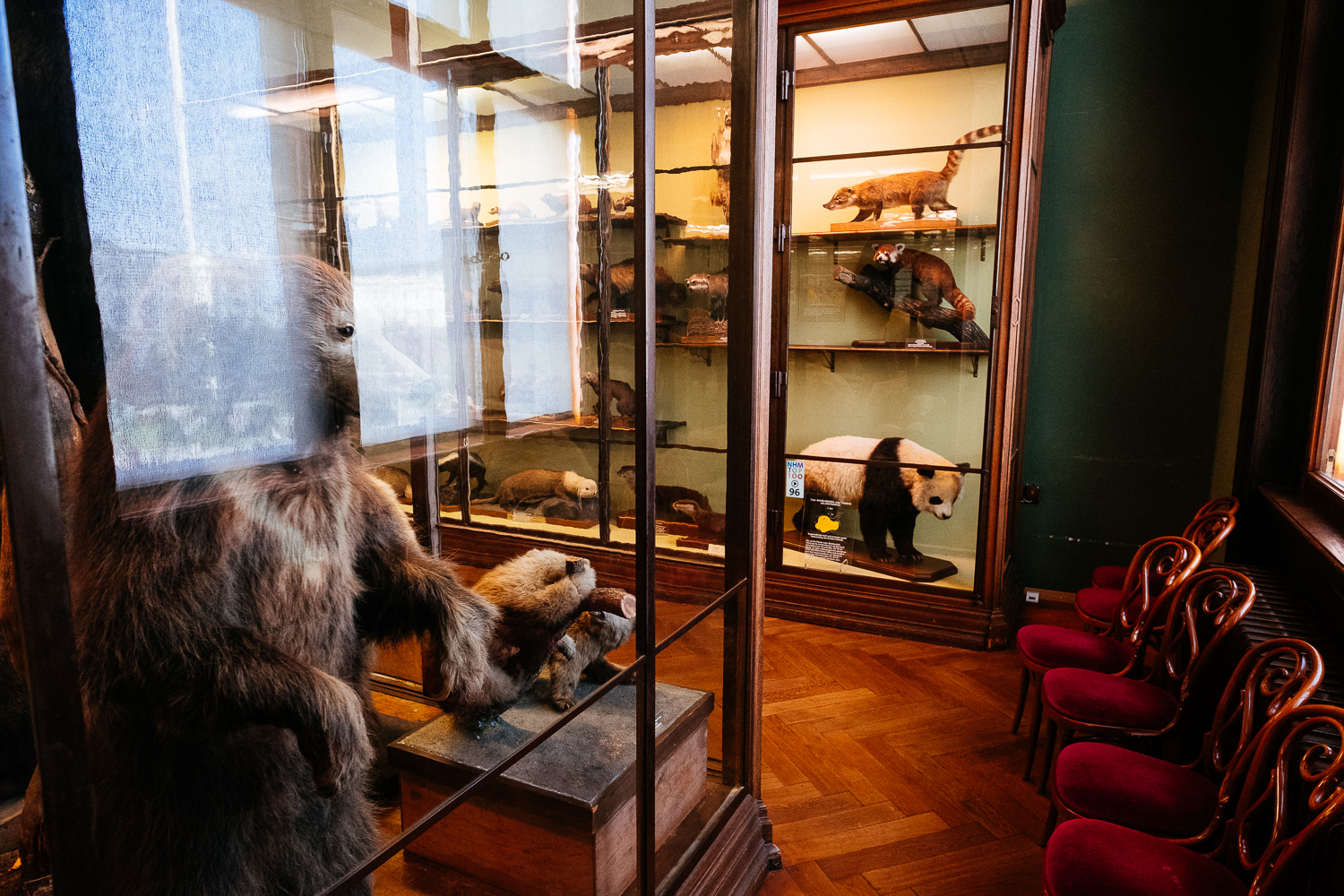 FUJIFILM X-Pro2 (14mm, f/4.5, 1/25 sec, ISO3200)
FUJIFILM X-Pro2 (14mm, f/4.5, 1/25 sec, ISO3200)
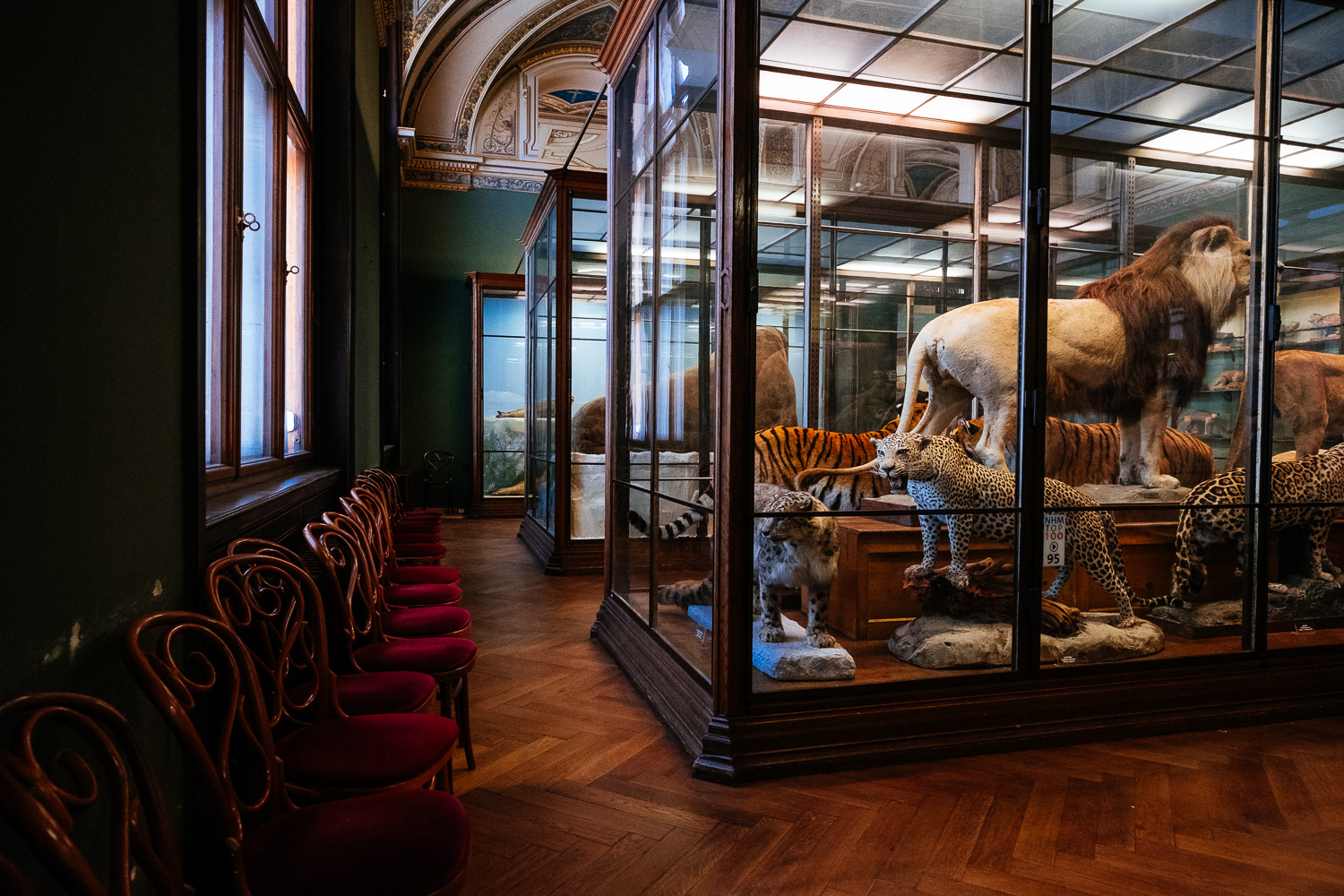 FUJIFILM X-Pro2 (14mm, f/4, 1/60 sec, ISO3200)
FUJIFILM X-Pro2 (14mm, f/4, 1/60 sec, ISO3200)
The New Viewfinder:
One of the main reasons why to X-Pro 2 is more expensive than the X-T1 is its hybrid viewfinder. And I have to admit that while I appreciate the craftsmanship behind the thing is of limited use for me. And it comes at a price. First and most obvious. The EVF is smaller than on the X-T1. The eye distance is different and makes it harder for people with glasses (like me) to see the edges of the frame. A true step back from the X-T1? No! The EVF of the X-Pro2 is fantastic! It has a super high resolution, an excellent frame rate and it goes brighter than any other EVF I have ever used. As a consequence is looks like the real thing. Like a real optical viewfinder of an DSLR! The EVF really is that good. A truly big step forward for electronic viewfinders.
Last weekend I shot with the X-Pro2 and the X-T1 side by side. It’s hard to switch back to the X-T1 as soon you as you get used to the bright EVF of the X-Pro 2. Not to mention the shutter sound! There is nothing wrong with the X-T1 but when compared with the X-Pro 2 it sounds like if the shutter of the X-T1 is defective.
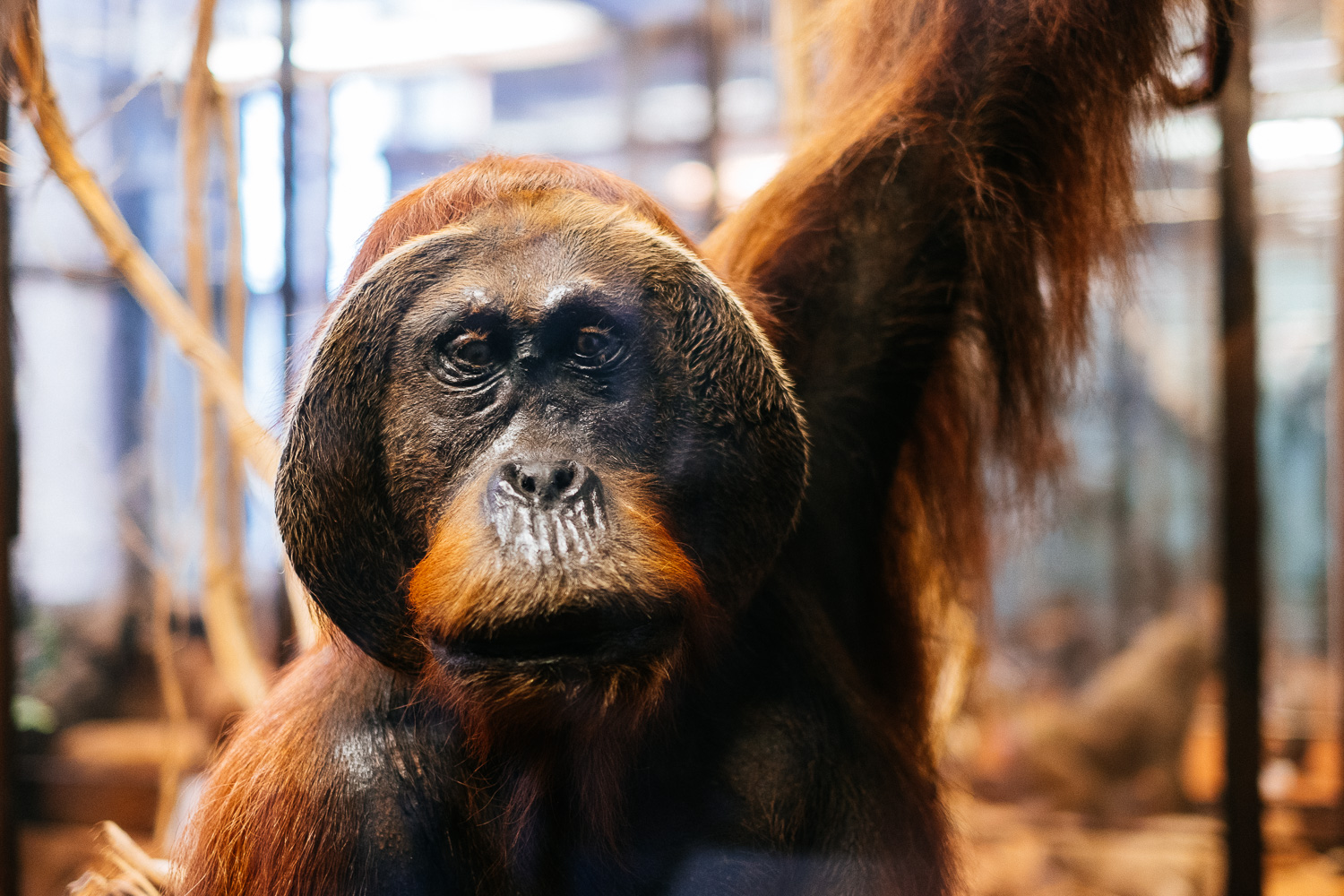 FUJIFILM X-Pro2 (35mm, f/1.4, 1/60 sec, ISO1000)
FUJIFILM X-Pro2 (35mm, f/1.4, 1/60 sec, ISO1000)
 FUJIFILM X-Pro2 (14mm, f/4, 1/45 sec, ISO3200)
FUJIFILM X-Pro2 (14mm, f/4, 1/45 sec, ISO3200)
 FUJIFILM X-Pro2 (14mm, f/5.6, 1/60 sec, ISO800)
FUJIFILM X-Pro2 (14mm, f/5.6, 1/60 sec, ISO800)
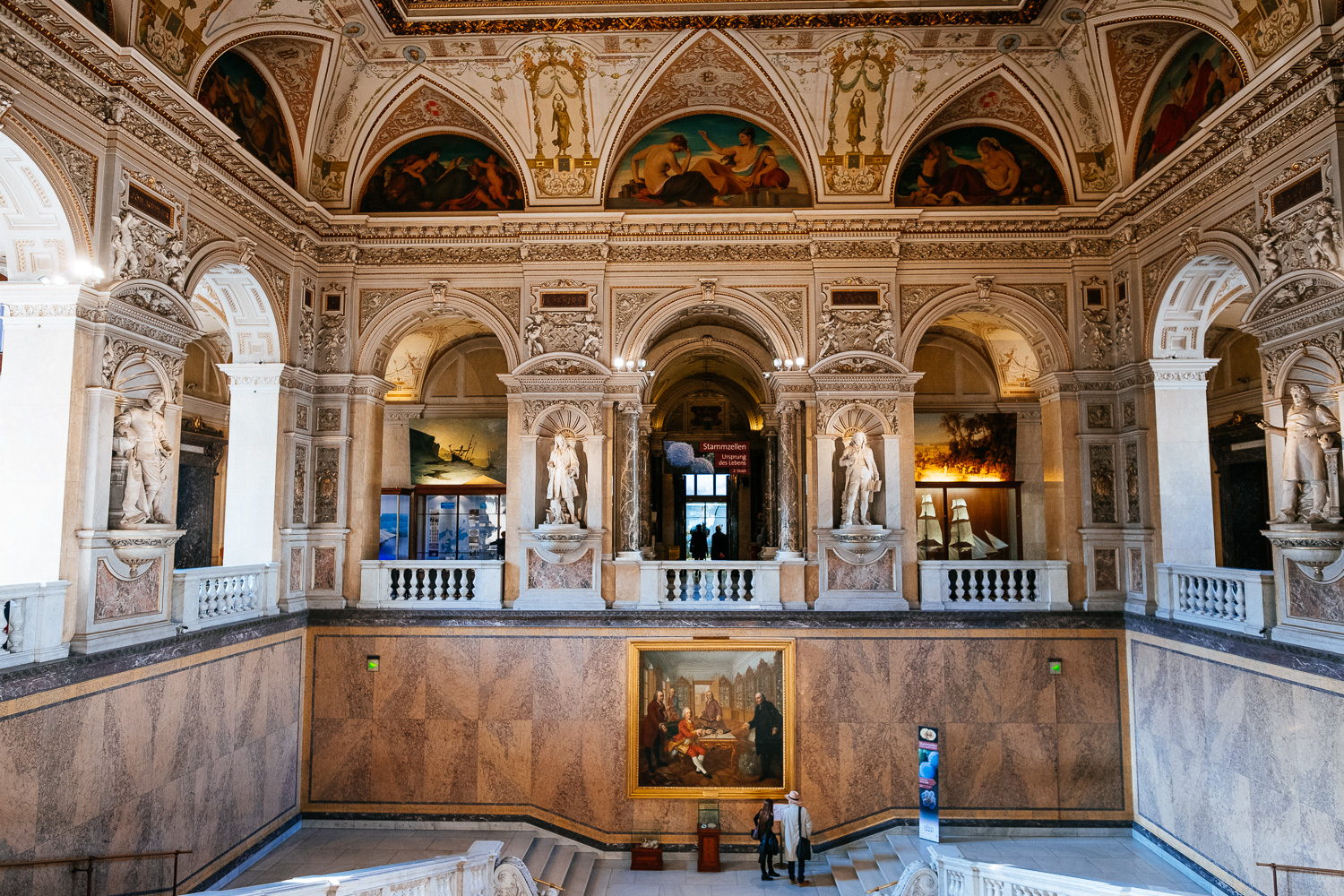 FUJIFILM X-Pro2 (14mm, f/4, 1/60 sec, ISO1000)
FUJIFILM X-Pro2 (14mm, f/4, 1/60 sec, ISO1000)
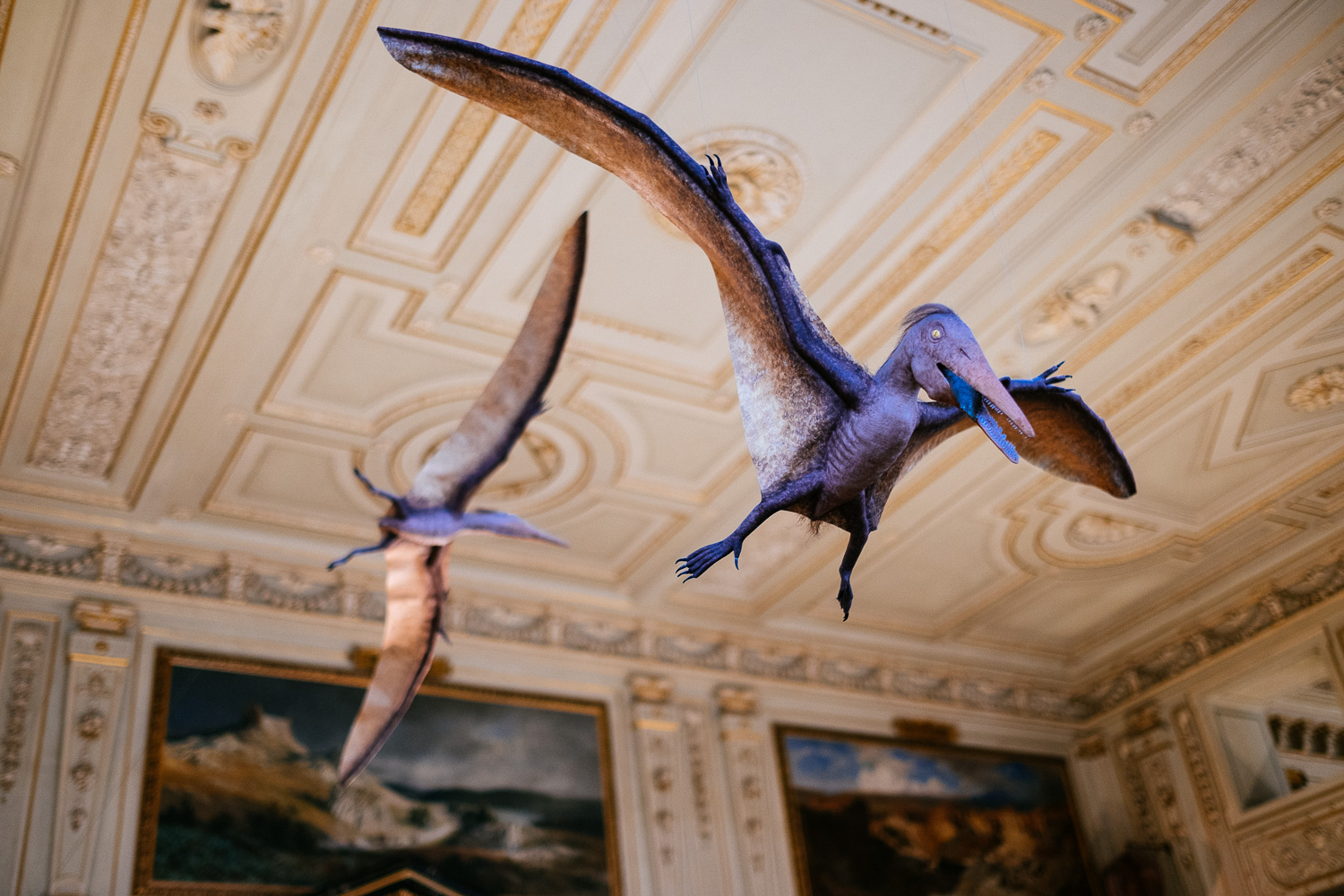 FUJIFILM X-Pro2 (23mm, f/1.4, 1/60 sec, ISO250)
FUJIFILM X-Pro2 (23mm, f/1.4, 1/60 sec, ISO250)
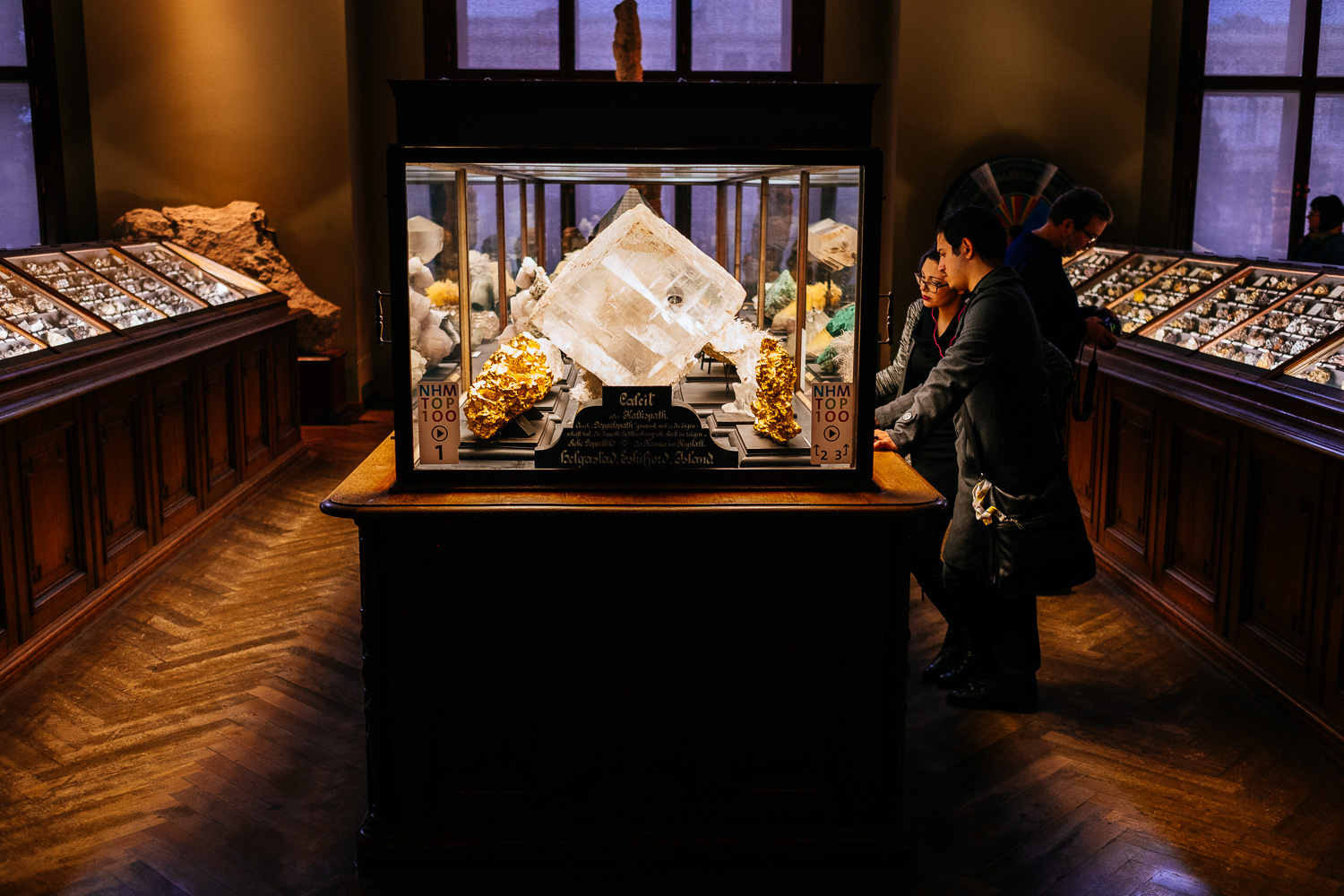 FUJIFILM X-Pro2 (23mm, f/2, 1/60 sec, ISO640)
FUJIFILM X-Pro2 (23mm, f/2, 1/60 sec, ISO640)
The New Sensor:
A higher resolution is not a bad thing as long as there are no compromises in other areas like per pixel sharpness, dynamic range and noise. The good news here is that this is exactly the case with the new sensor in the X-Pro 2. Noise performance is at least as good as on the X-T1 and dynamic range is great too. Plus there are 50% more pixels which is anything but a small increase. It is clearly visible in all images. The level of fine detail is amazing. It is not a A7R though. Somewhere on the web I saw a statement that it is as good as 36MP full frame. It is not. Why should it. 36MP is another jump of 50% in resolution plus a lower pixel density on the sensor. Sony also has no low pass filter just like the Fuji X´Pro 2 so there is no special advantage the Fuji has over the Sony except that it has the better colors and far better white balance. Regarding resolution the A7R is clearly better.
But the Fuji X-Pro 2 compares very well to the Canon 6D, 5Dmk III with the plus of having a far superior dynamic range. Good enough for me to finally sell my Canon 6D plus the 16-35 IS, 24-70 II and 70-200 II. Three of the finest L zoom lenses available today. In exchange I got not only the X-Pro 2 but also the fantastic Fuji XF 10-24mm OIS, the Fuji XF 55-200mm OIS and the stunning Fuji XF 16mm (“an (second hand) offer that I couldn’t refuse”).
Talking about lenses. All images below are taken with the XF 10-24mm OIS. A really great lens. There are no lens profiles for Lightroom but there is no need for one because Fuji puts the lens correction into the RAW file. You can see curved lines in the viewfinder but not in the final image. If you wonder about the difference in between 14mm and 10mm. The image blow is taken at 10mm. The third image above this line is taken with the 14mm prime.
 FUJIFILM X-Pro2 (10mm, f/5.6, 1/15 sec, ISO1250)
FUJIFILM X-Pro2 (10mm, f/5.6, 1/15 sec, ISO1250)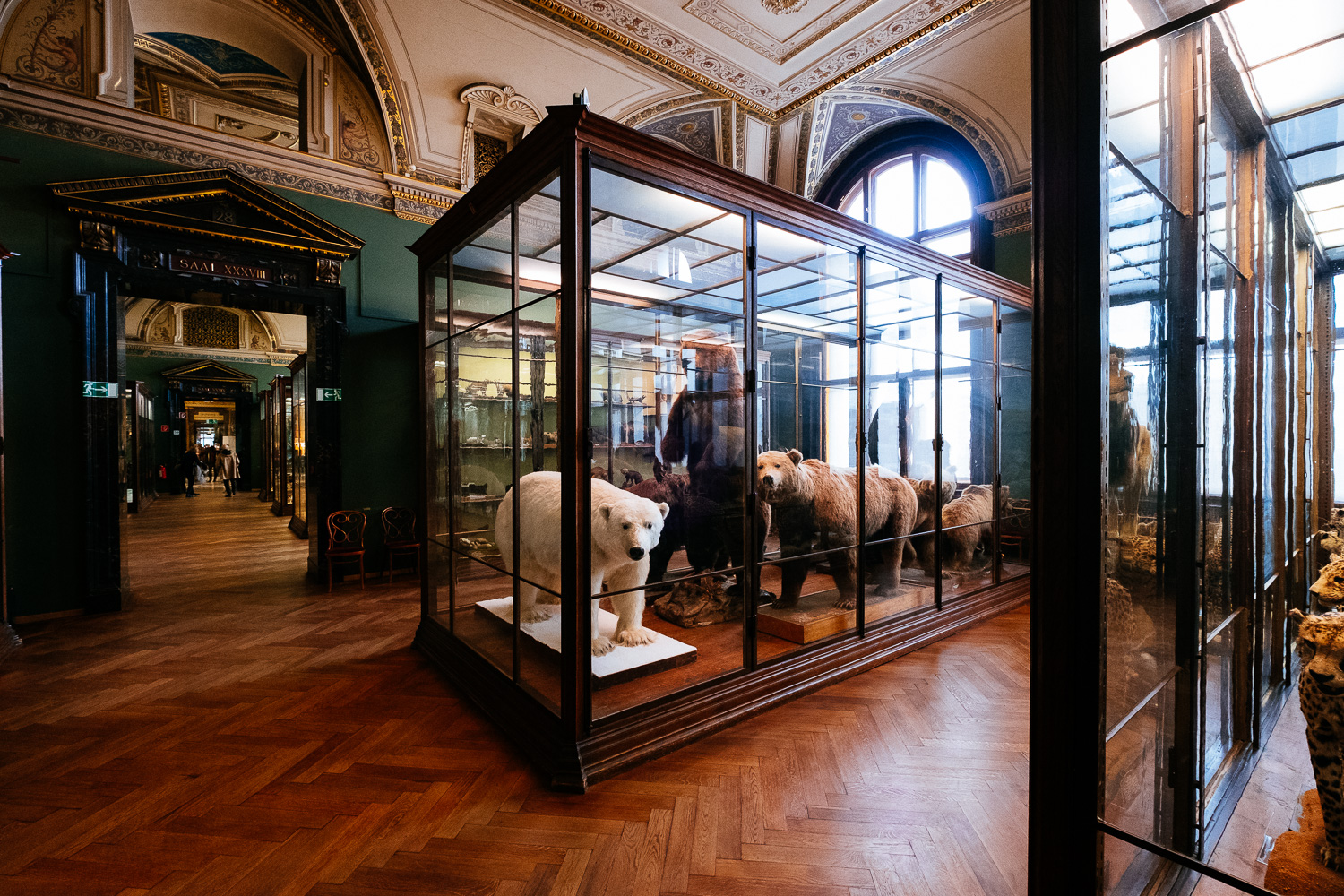 FUJIFILM X-Pro2 (10mm, f/5.6, 1/15 sec, ISO2000)
FUJIFILM X-Pro2 (10mm, f/5.6, 1/15 sec, ISO2000)
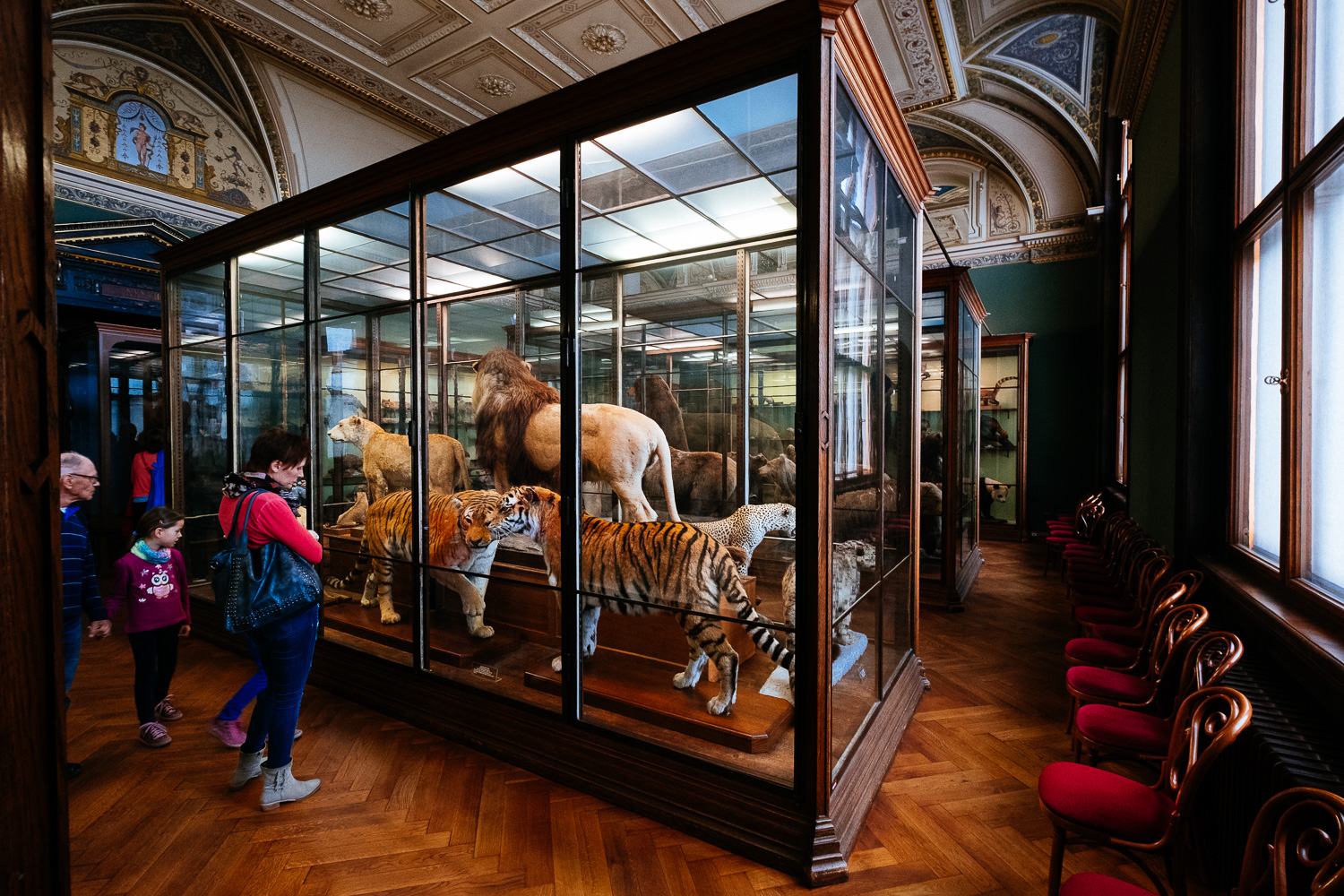 FUJIFILM X-Pro2 (10mm, f/6.4, 1/15 sec, ISO2000)
FUJIFILM X-Pro2 (10mm, f/6.4, 1/15 sec, ISO2000)
 FUJIFILM X-Pro2 (10mm, f/5.6, 1/15 sec, ISO1600)
FUJIFILM X-Pro2 (10mm, f/5.6, 1/15 sec, ISO1600)
The Lens System:
But the best thing about the Fuji X-Pro 2 is that it gives you access to probably the best lens system there is. There are very good and compact zooms for travel photographers, there are fast zooms for wedding and event shooters and there are of course the excellent primes that really make the difference. What’s really impressive here is that there is not one lens which is a poor performer. Even the cheap XC zooms are better than average and the weakest prime, the XF 18/2, is still a great lens that can give you excellent results. All the other lenses are very good to excellent and some are outstanding.
I can add two more lenses to my personal favorites. The Fuji XF 10-24 OIS and the Fuji XF 16/1.4 WR. Now I need to get used to ultra wide.
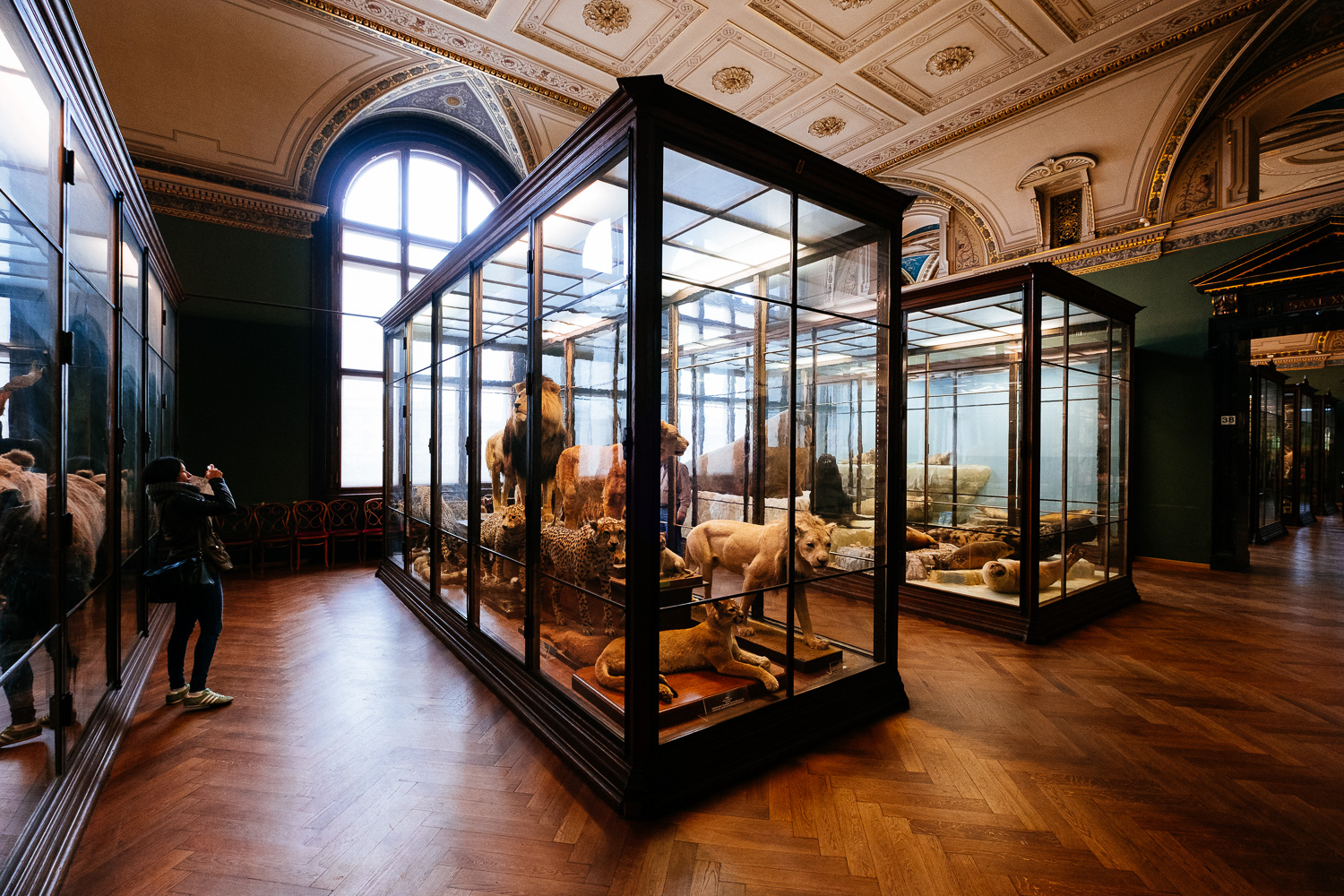 FUJIFILM X-Pro2 (10mm, f/5, 1/15 sec, ISO1000)
FUJIFILM X-Pro2 (10mm, f/5, 1/15 sec, ISO1000)
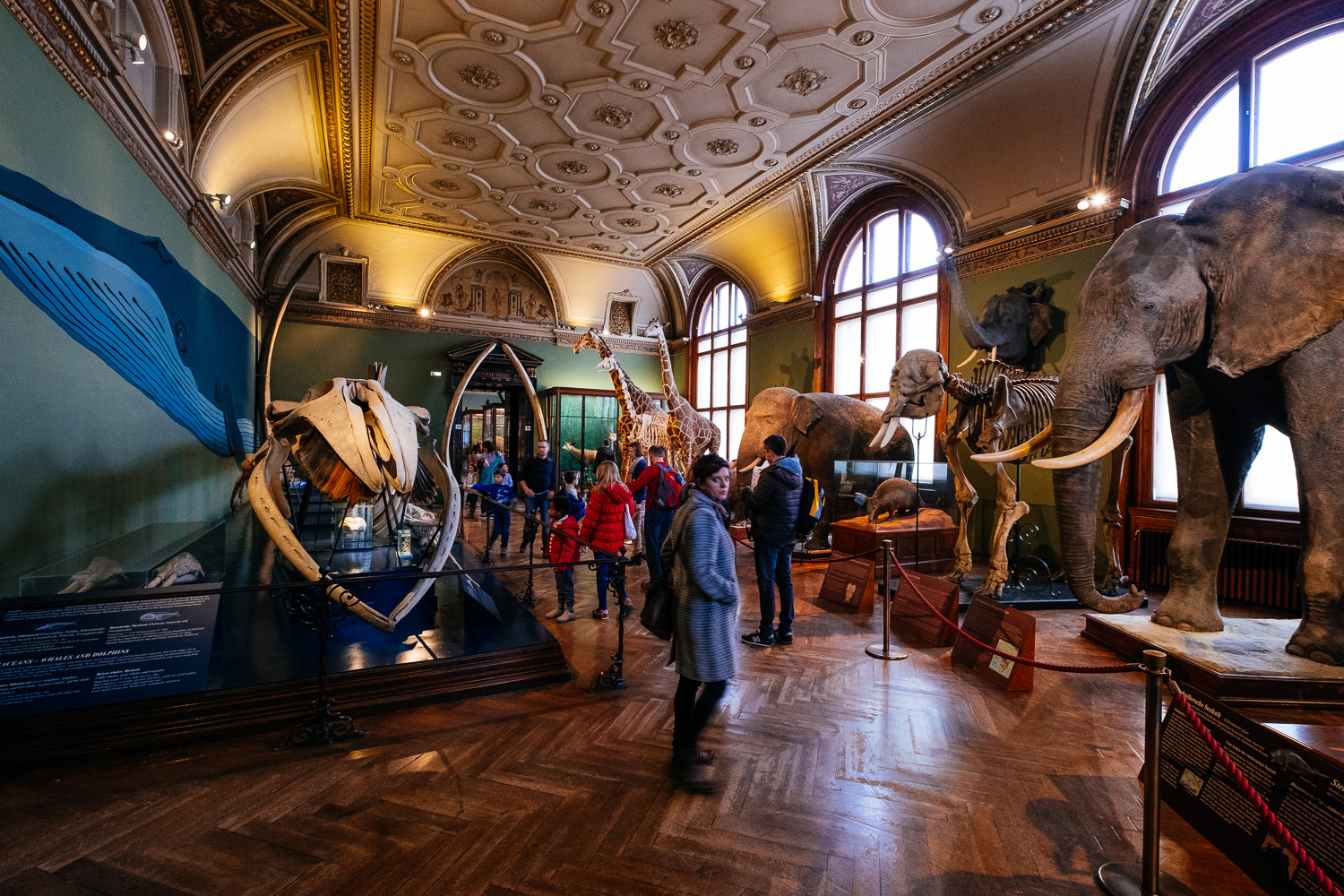 FUJIFILM X-Pro2 (10mm, f/5.6, 1/15 sec, ISO1600)
FUJIFILM X-Pro2 (10mm, f/5.6, 1/15 sec, ISO1600)
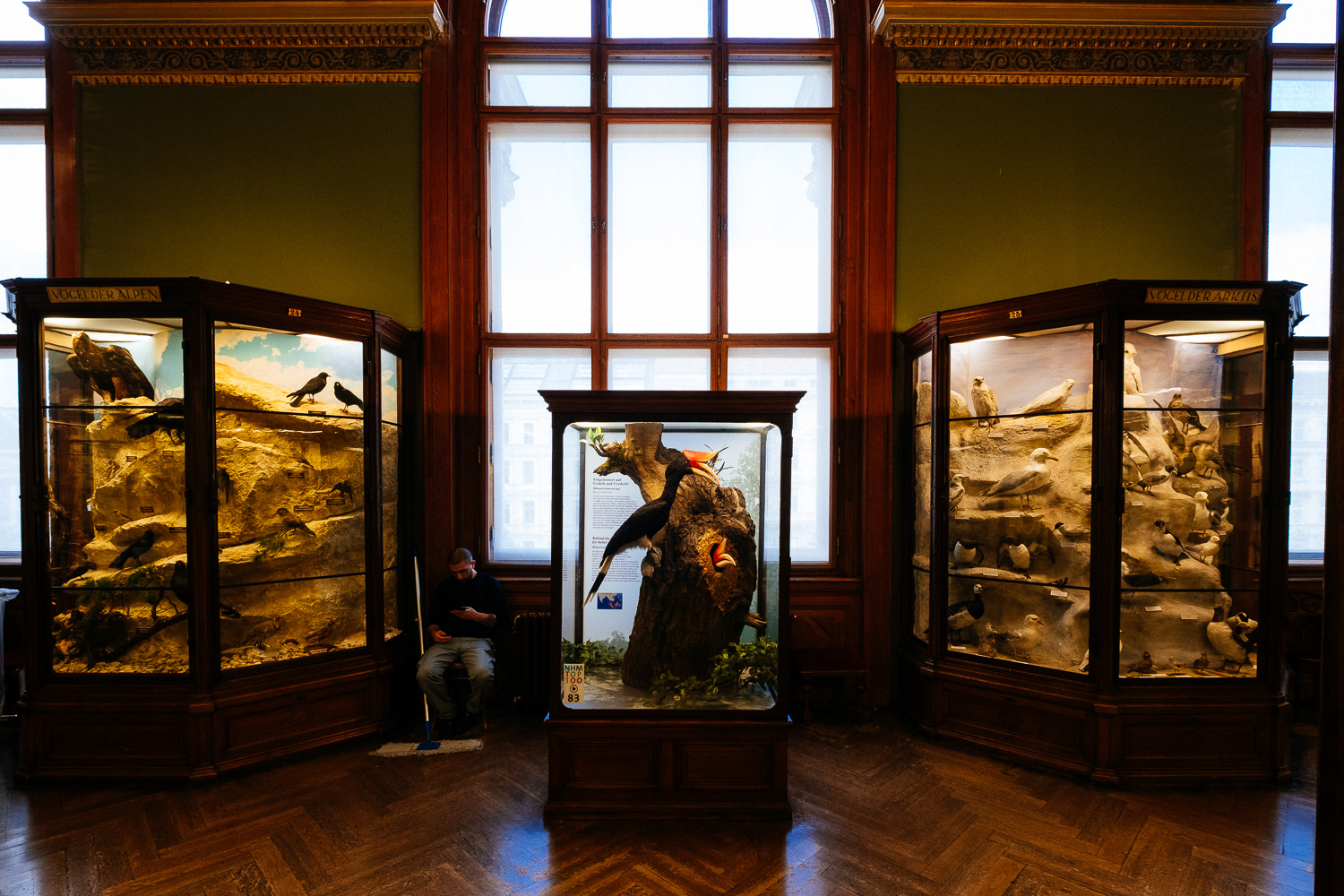 FUJIFILM X-Pro2 (10mm, f/5.6, 1/15 sec, ISO800)
FUJIFILM X-Pro2 (10mm, f/5.6, 1/15 sec, ISO800)
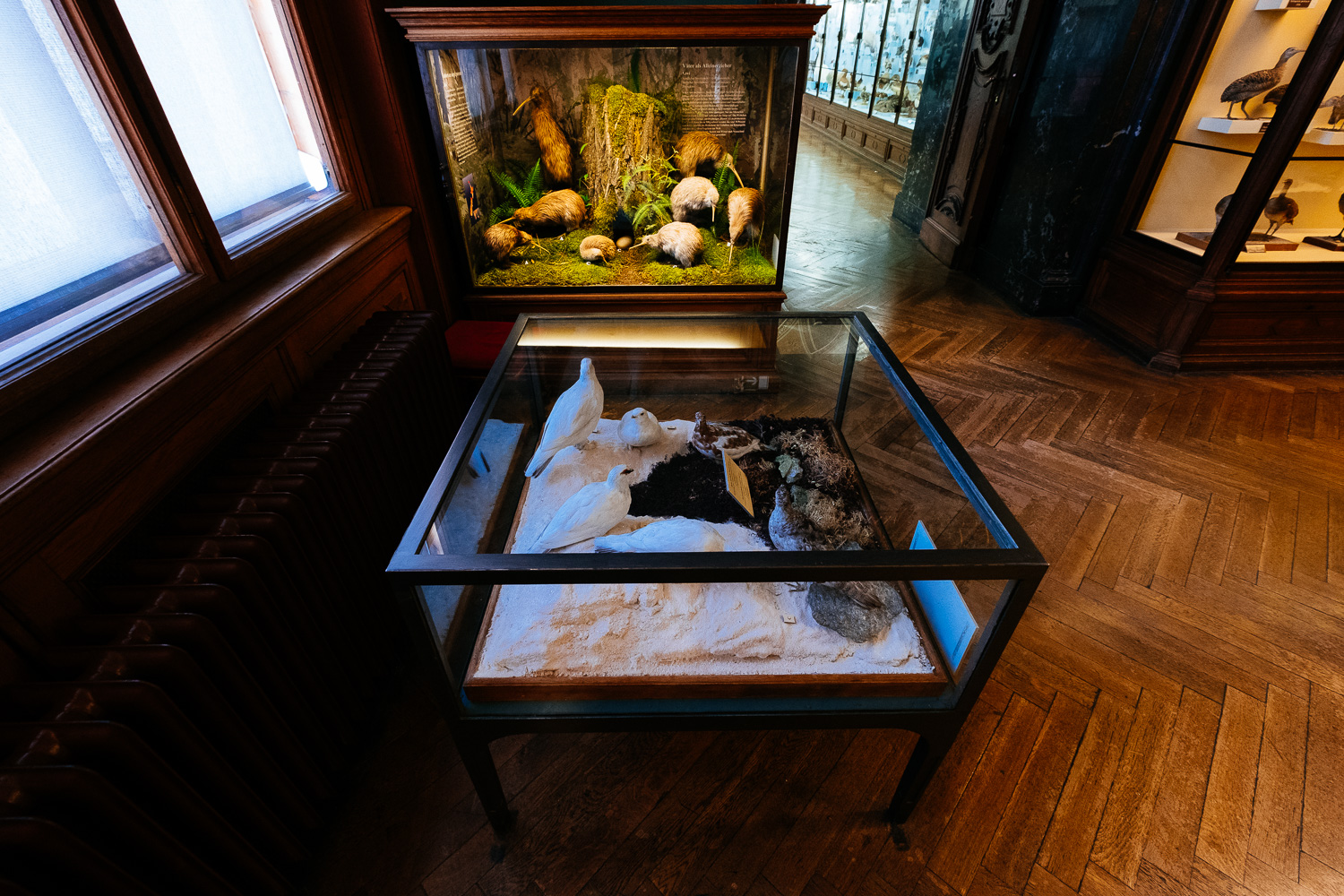 FUJIFILM X-Pro2 (10mm, f/5, 1/15 sec, ISO1600)
FUJIFILM X-Pro2 (10mm, f/5, 1/15 sec, ISO1600)
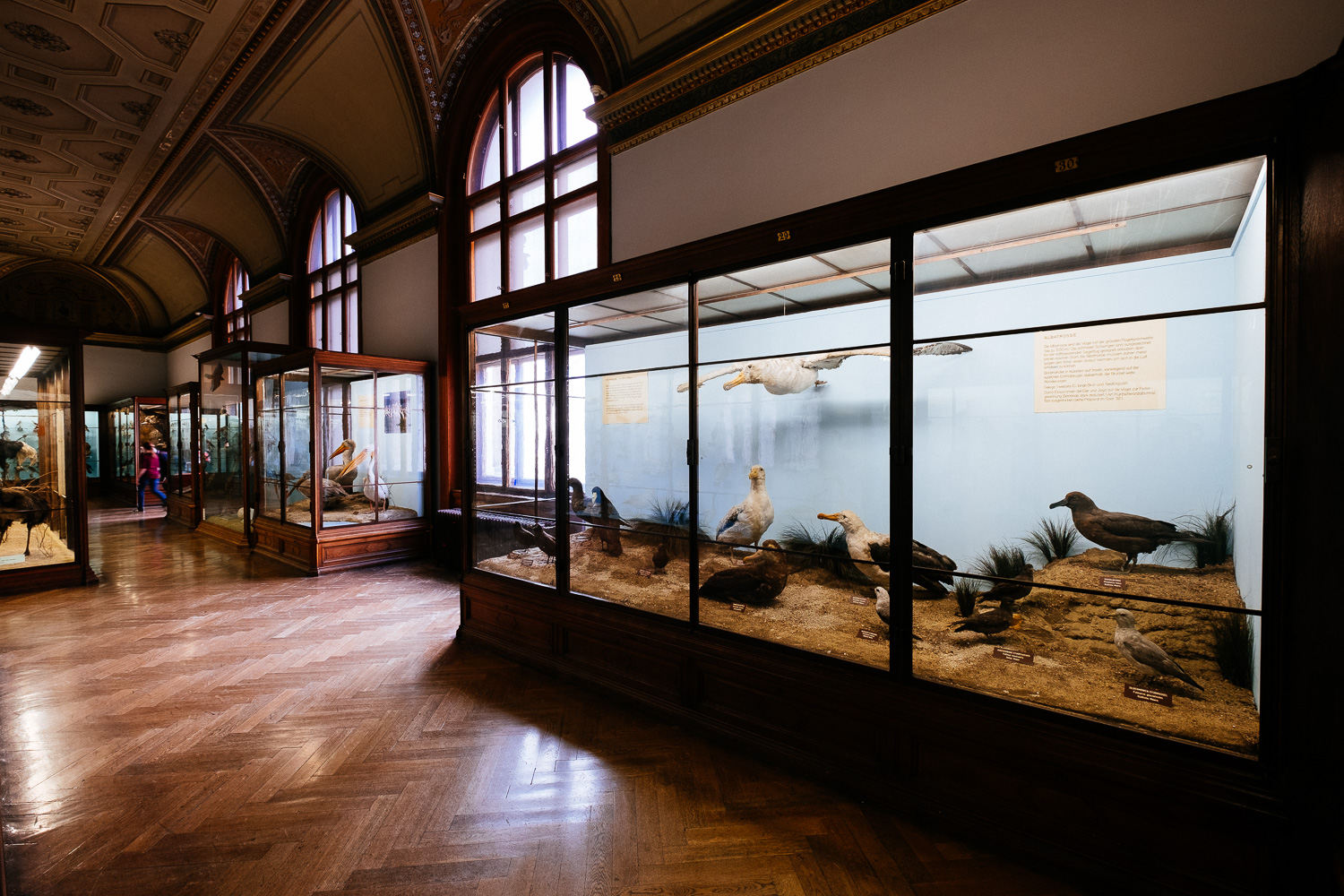 FUJIFILM X-Pro2 (10mm, f/5.6, 1/15 sec, ISO400)
FUJIFILM X-Pro2 (10mm, f/5.6, 1/15 sec, ISO400)
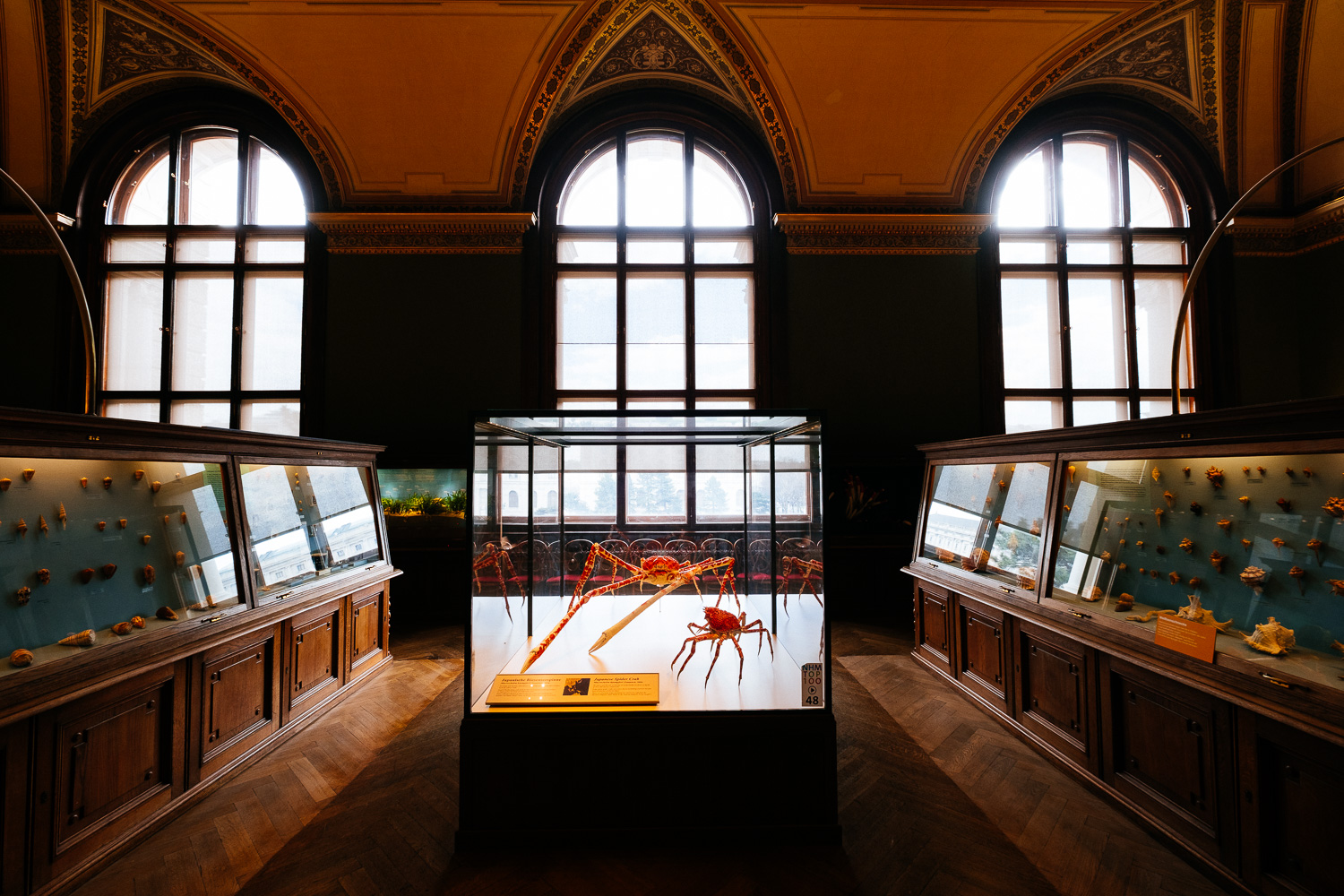 FUJIFILM X-Pro2 (10mm, f/5.6, 1/20 sec, ISO200)
FUJIFILM X-Pro2 (10mm, f/5.6, 1/20 sec, ISO200)
The Perfect Camera?
I named this blog post “In The Museum II”. I posted the first one more than 3 years ago where I compared the Fuji X100, the Fuji X-Pro 1 and the Sony RX100. The Fuji X-Pro 2 is so much better than the other cameras in every respect but especially regarding its AF in low light and the excellent viewfinder. It is great to see when a camera maker does not bring out new models with almost no improvement every year just to generate some sales. It took Fuji 4 years to update the X-Pro 1 and it clearly shows. There are not just a couple of small tweaks. Everything has changed and is dramatically improved over the old model. The sensor, the AF system, the camera body, the viewfinder, the shutter, the menu, …
This is not a minor upgrade this is a completely new camera. I know that the X-Pro 1 can be had very cheap today but there is a reason for it. It is outdated. The X-Pro 2 seems to be expensive in comparison but I think it’s the better value.
Is it the perfect camera? No. There are two things that should be improved in a future version. First is AF tracking. The X-Pro 2 is still no action camera. For me this is not a big deal but if you want to shoot action get something else. The second thing is the battery life. This thing eats batteries like crazy. In high performance mode I manage to get around 200 shots per charge. Not so hot. To turn off high performance is not an option because it would compromise the excellent EVF but I have found a simple solution. I got two more batteries.

